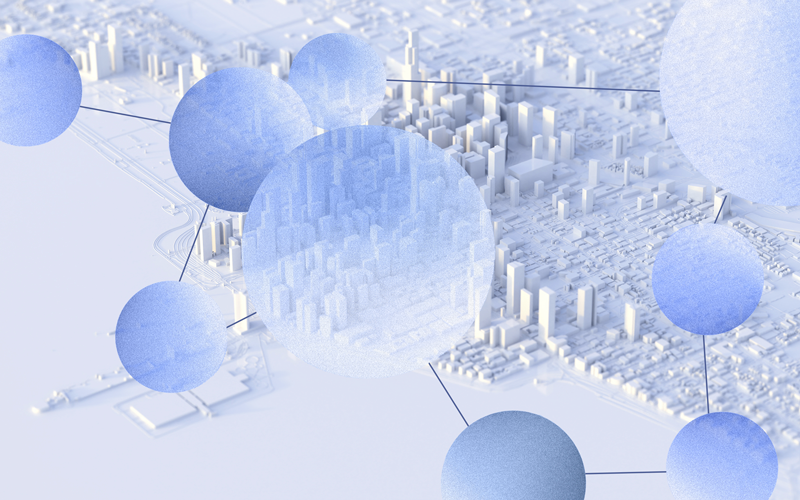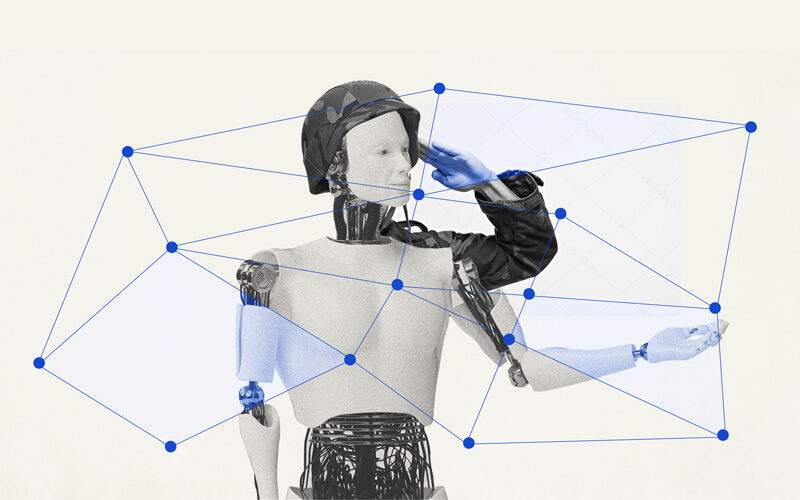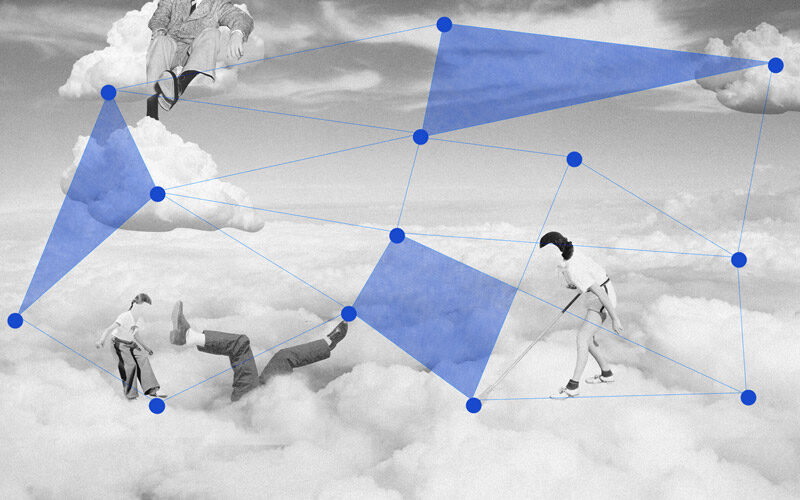Edge computing has hit the spotlight. Advances in self-driving cars, autonomous robots, and Internet of Things (IoT) devices march on.
As emerging tech becomes more cost-effective for consumers, some scientists believe edge computing will overtake or co-exist with cloud systems.
The FCC believes co-existence is more likely. “Industry experts are pushing back on the notion that cloud and edge computing are in competition with each other. Instead, forward-looking organisations, and even many public cloud service providers, are beginning to consider how to selectively employ both.”
This is partly due to the vastness of the global cloud market. By 2023, it’s expected to surpass USD $600 billion. But edge computing is growing at a similar pace, with projections to hit USD $15 billion by 2025.
It’s advantage? Data is processed more efficiently when the computing power is close to the source. Due to the local proximity of edge servers, systems get faster latency times compared to cloud systems which process data on servers miles away.
Today, over 90% of data is created on cloud platforms. But this figure is expected to drop to 25% by 2025. And edge computing is expected to compose 75% of enterprise data by the same year.
Big data is becoming ever more… big. The demand to store large datasets on local servers for faster response times is increasing.
The numbers suggest edge computing will end up reigning supreme. But is this town big enough for both of them?
Intelligence at the edge
Edge computing revolutionises processing and storage capabilities by bringing data closer to the source. Instead of parsing or sending data to a cloud server hundreds of miles away, edge computing sends data straight to a built-in server nearby.
The end result is millisecond response times – especially useful with self-driving cars and medical monitoring devices.
Self-driving cars require real-time navigation to avoid obstacles like bikes or pedestrians. With edge computing, cars can make instantaneous decisions based on road conditions, pedestrian locations, and more.
What ultimately matters with edge computing is time sensitivity and the amount of data that needs to be transported.
In the healthcare industry, doctors can provide patients with faster and better care by processing data directly to the edge.
With an average 10 to 15 devices per hospital bed, a huge amount of data is sent to EHR cloud systems. Since edge computing is stored on localised hardware, data isn’t lost if the cloud fails.
It also eliminates the risk of malicious actors stealing confidential patient information.
Cloud vs edge
70% of organisations have at least one cloud-based application.
Cloud is omnipresent across the business world. Is it about to be pushed off the lucrative B2B sales roster?
The truth is that cloud and edge computing aren’t interchangeable technologies that can be swapped out for one another. Edge handles time-sensitive data, while cloud processes data that doesn’t require real-time decisions.
Educational institutions use cloud-based solutions to store grades, private information, and assignments. But it also can allow for a collaborative environment as students work on group assignments together.
Cloud is also incredibly cost-effective as it runs on a centralised server, unlike edge which requires a dedicated system for each node.
Australia’s Wild Rose school division, for example, saved $12,000 a year by switching to cloud. Managing 19 schools and 4,800 students, it maintained a local data centre for years. As more students signed up, a local server became economically unviable, so they switched to Microsoft’s Azure cloud.
The switch also freed up their IT crew for other tasks.
It’s a good idea for startups to handle their IT resources using a hybrid model, dependent on budget allocation, if tasks require immediate decision-making and data size.
Elke Oberg of Cognitec recommends using large-scale data storage on cloud systems and letting edge handle smaller systems. “Users could store large databases on a cloud server, and then have the software and smaller databases on an edge system. They can send queries to the cloud system when necessary, otherwise use the smaller system locally.”
Australia and the edge
The market for edge computing is expected to hit USD $5.8 billion in the Asia Pacific region alone. It’s also expected to grow by 21% between 2019 and 2024.
GlobalData senior technology analyst Shamim Khan believes “IoT and 5G will be the crucial drivers for the increased adoption of edge computing offerings in the APAC region. Together, these technologies are expected to transform whole industries and create a host of new opportunities for enterprises”.
In Australia, 5G rollouts are dominating the edge computing market.
Telstra Purple plans to offer Australia its first 5G-enabled edge solution by 2022. Telstra announced over half of Australians lived within the telco’s footprint coverage, with goals to reach 75% of the population by 2021.
The Australian government is also pitching in almost AUD $30 million to improve the allocation of 5G across multiple industries.
5G is taking hold of Australia’s manufacturing industry, where high levels of automation are needed. Robots usage is widespread, but there is a need for low-latency communication that only edge can provide.
Startups can use both edge and cloud to supercharge their performance. By pairing both data storage systems together, founders can store huge data centres on the cloud, while allowing edge to handle time-sensitive data.Most startups don’t expect edge and cloud systems to exist as separate entities. Instead, they’d rather find ways to blend the scalability and flexibility that exists with cloud with the responsiveness and autonomy found in edge.











